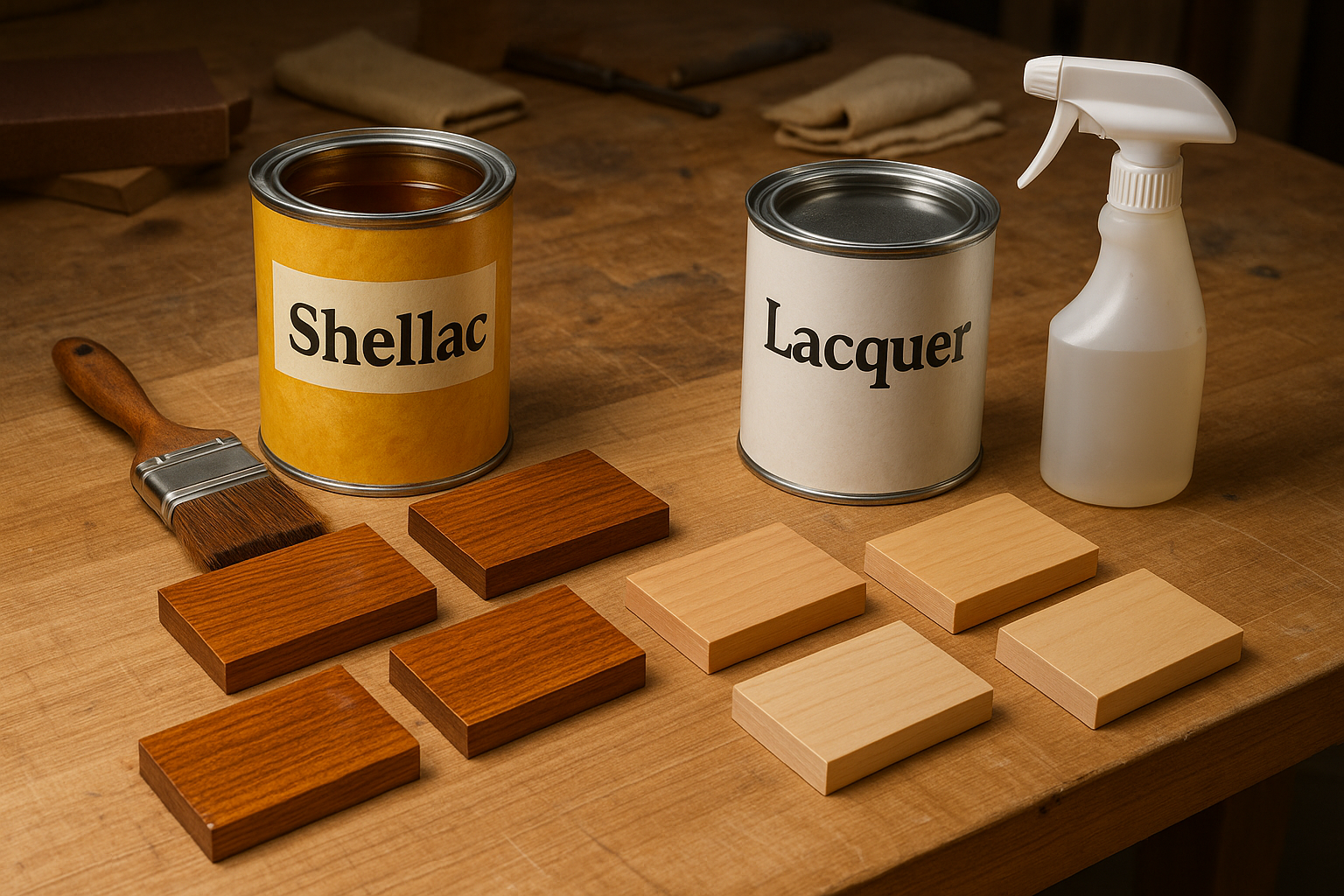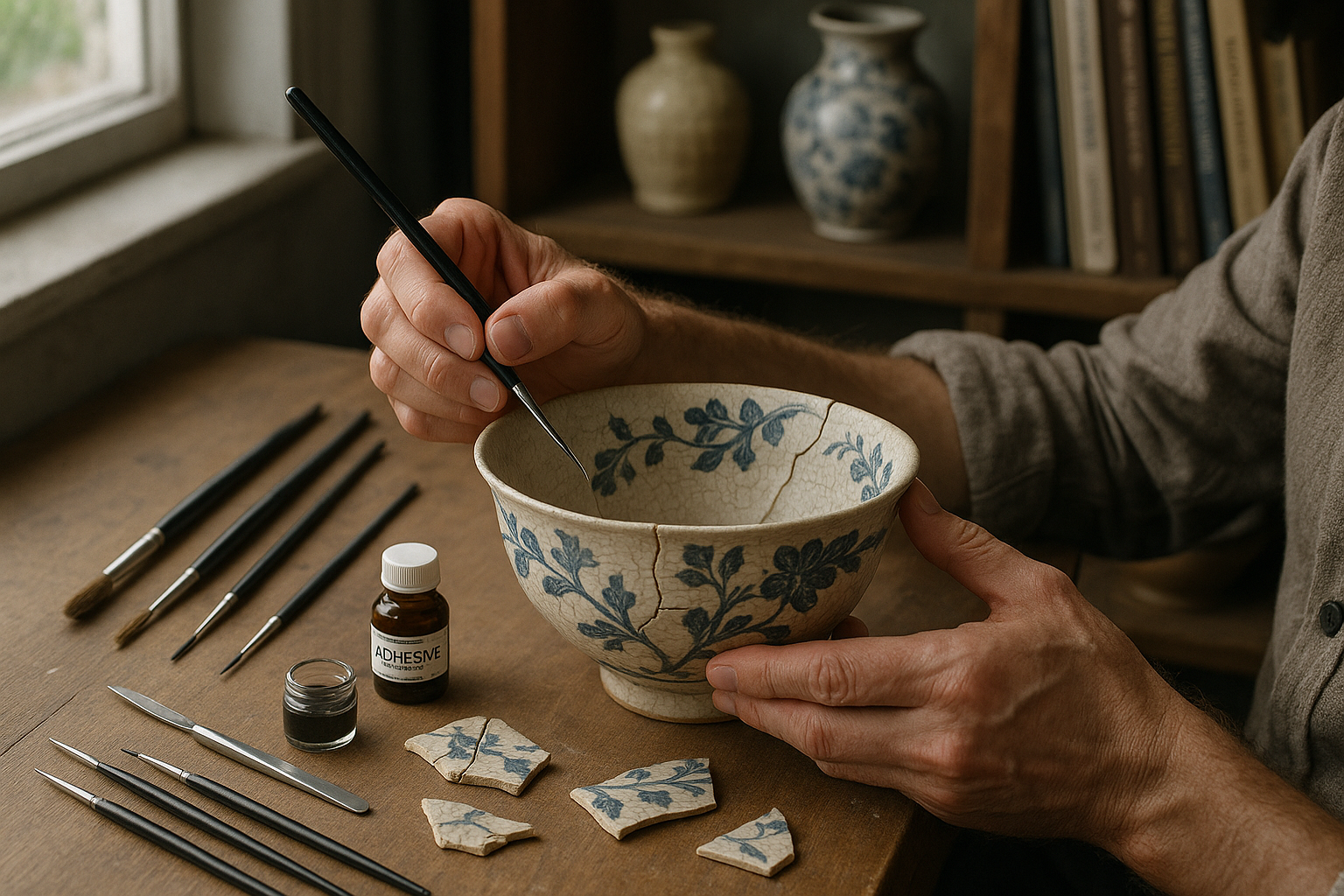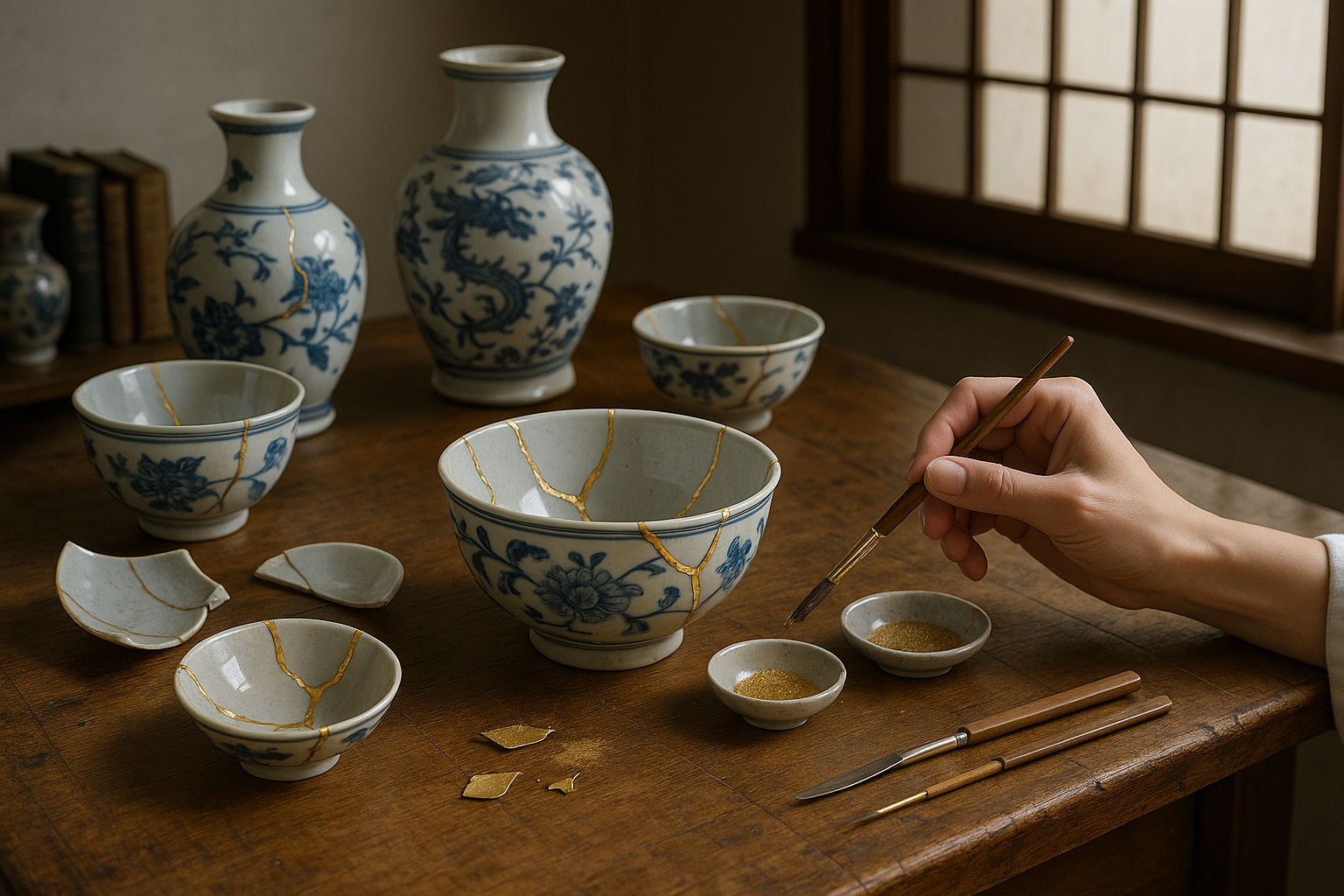When it comes to selecting the ideal finish for your woodworking project, the choice between shellac and lacquer can feel like navigating a labyrinth of options. Each finish carries its own set of properties, advantages, and quirks, making the decision anything but straightforward. Whether you’re a seasoned craftsman or a DIY enthusiast, understanding these two popular finishes is crucial to achieving that perfect, polished look that enhances and protects your creation. 🌟
The world of wood finishing is rich and complex, with shellac and lacquer standing out as two of the most revered options. But what sets them apart? How do you choose the right one for your specific project? These questions are common, and finding the answers can seem daunting. In this guide, we will demystify the intricacies of shellac and lacquer, providing you with the knowledge needed to make an informed decision. Let’s delve into the ultimate showdown: Shellac vs Lacquer.
At first glance, shellac and lacquer might seem similar—they both provide a protective and decorative layer that enhances the natural beauty of wood. Yet, their compositions, applications, and results differ significantly. Shellac, with its organic origins, has been a trusted choice for centuries. Derived from the secretions of the lac bug, this natural resin has been used in furniture finishing and restoration for its warm, amber glow and environmentally friendly attributes.
Lacquer, on the other hand, is a more modern invention. Known for its durability and quick drying time, lacquer has become a favorite in both professional and amateur workshops. Its hard, glossy finish is not only visually striking but also provides a robust barrier against wear and tear. The speed and ease of application have made lacquer a go-to for projects that demand efficiency and resilience. 🚀
In the sections that follow, we’ll dive deeper into the composition and characteristics of each finish. We’ll explore the pros and cons of using shellac versus lacquer, providing a comprehensive overview that highlights where each finish excels and where it might fall short. We’ll discuss the best practices for applying these finishes, ensuring you achieve optimal results every time.
Additionally, we’ll touch on the environmental impact and safety considerations associated with shellac and lacquer. With sustainability becoming an increasingly important factor in project planning, understanding the ecological footprint of your materials is essential. Whether you’re drawn to shellac’s natural origins or lacquer’s robust protection, knowing the environmental implications can guide you in making a responsible choice. 🌍
We’ll also take a closer look at specific scenarios and project types where one finish might be preferable over the other. From restoring an antique piece to crafting a sleek, modern design, the context of your project plays a crucial role in choosing between shellac and lacquer. Our guide will provide tailored advice to help you match the finish to the project, considering factors such as aesthetics, durability, and application techniques.
Finally, we will address common myths and misconceptions about these finishes, debunking any confusion and providing clarity. By the end of this article, you’ll not only understand the technical aspects of shellac and lacquer but also appreciate their unique artistic contributions to the world of woodworking.
So, whether you’re aiming for that classic, vintage allure or a contemporary, high-gloss statement, this guide will equip you with all the insights needed to make the perfect choice. Let’s embark on this exploration of shellac versus lacquer and uncover the secrets to achieving the finish of your dreams. 🎨

Conclusion: Choosing Between Shellac and Lacquer
In our comprehensive guide, we delved into the fascinating world of wood finishes, focusing on the two popular options: shellac and lacquer. Let’s recap the key points and why this decision matters for your projects.
Shellac, derived from natural sources, offers a traditional, warm finish that is both beautiful and environmentally friendly 🌿. It is renowned for its ease of application and quick drying time, making it a favorite among DIY enthusiasts and professionals alike. On the other hand, lacquer provides a tough, durable finish that is ideal for high-wear surfaces. It stands out for its resistance to heat, chemicals, and wear, offering a sleek and polished look.
Choosing the right finish depends on various factors, such as the desired aesthetic, the functional demands of the surface, and personal preferences regarding application techniques. While shellac might be perfect for fine furniture or antique restoration, lacquer might be the better choice for modern, high-traffic areas.
Understanding the history and properties of each finish is crucial in making an informed decision. Both finishes have unique characteristics that can significantly enhance the longevity and appearance of your projects.
Throughout the article, we’ve explored application techniques, drying times, durability, and maintenance requirements. We’ve also discussed how to address common issues, such as moisture sensitivity with shellac or the complex application process of lacquer. By weighing these factors, you can choose the finish that aligns best with your project’s needs and your expertise level.
Moreover, we’ve highlighted the environmental implications of each option, encouraging readers to consider sustainable practices. With growing awareness about eco-friendly materials, choosing a finish that aligns with environmental values is more important than ever 🌍.
We hope this guide has provided valuable insights and clarity in navigating the choices between shellac and lacquer. Whether you’re a hobbyist or a seasoned craftsman, understanding these finishes can elevate the quality and appeal of your work.
We invite you to share your experiences or any tips you might have in the comments below. Your insights could be invaluable to others embarking on similar projects. If you found this guide helpful, consider sharing it with friends or colleagues who might benefit from this knowledge.
As you embark on your next project, remember the power of a well-chosen finish. It not only protects and preserves but also adds character and depth to your work. Let this be a journey of creativity and craftsmanship, where every detail counts.
Thank you for joining us on this exploration of shellac versus lacquer. We look forward to seeing how you apply this knowledge in your projects. Until next time, happy crafting! 🛠️
For further reading, check out these resources:
Remember to verify the links before using them in your article to ensure they are active and relevant.
Toni Santos is a restoration artist and historical design specialist devoted to reviving the beauty and soul of the past. Through meticulous craftsmanship and a deep respect for heritage, Toni brings antiques back to life—preserving not just objects, but the stories they carry through time. With hands trained in traditional restoration techniques and an eye for age-worn elegance, Toni restores furniture, artworks, artifacts, and heirlooms with precision and reverence. His work reflects a belief that restoration is not correction—it’s conversation between the old and the present. Blending artistry, conservation ethics, and historical research, Toni approaches every piece as a narrative in wood, metal, leather, or fabric—each with scars that speak of eras gone by. Whether repairing a hand-carved chair or reviving a forgotten painting’s vibrance, he respects the integrity of original craftsmanship while honoring its continued life. As the creative force behind Vizovex, Toni shares before-and-after showcases, restoration walkthroughs, and visual essays exploring the techniques and philosophies behind authentic antique revival. His platform celebrates: The timeless value of handcrafted work The quiet artistry of repair and preservation The cultural memory embedded in material objects The delicate balance between age and renewal For collectors, curators, artisans, and lovers of legacy, Toni’s world is an invitation to see restoration not as fixing what’s broken—but as restoring what still lives beneath the dust of time.




